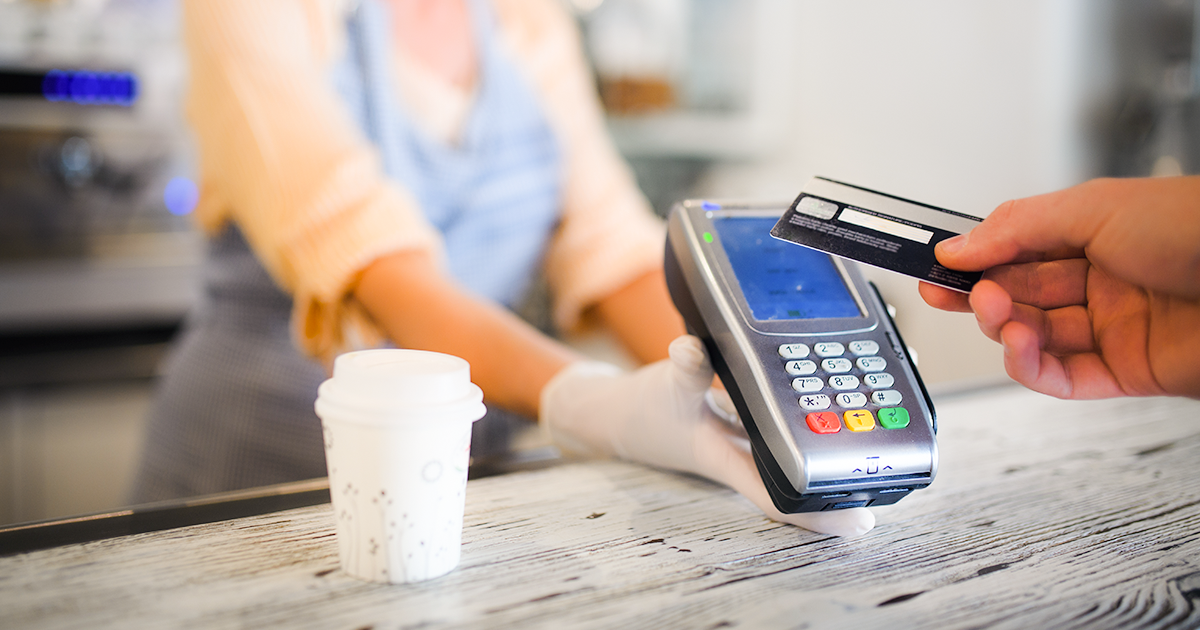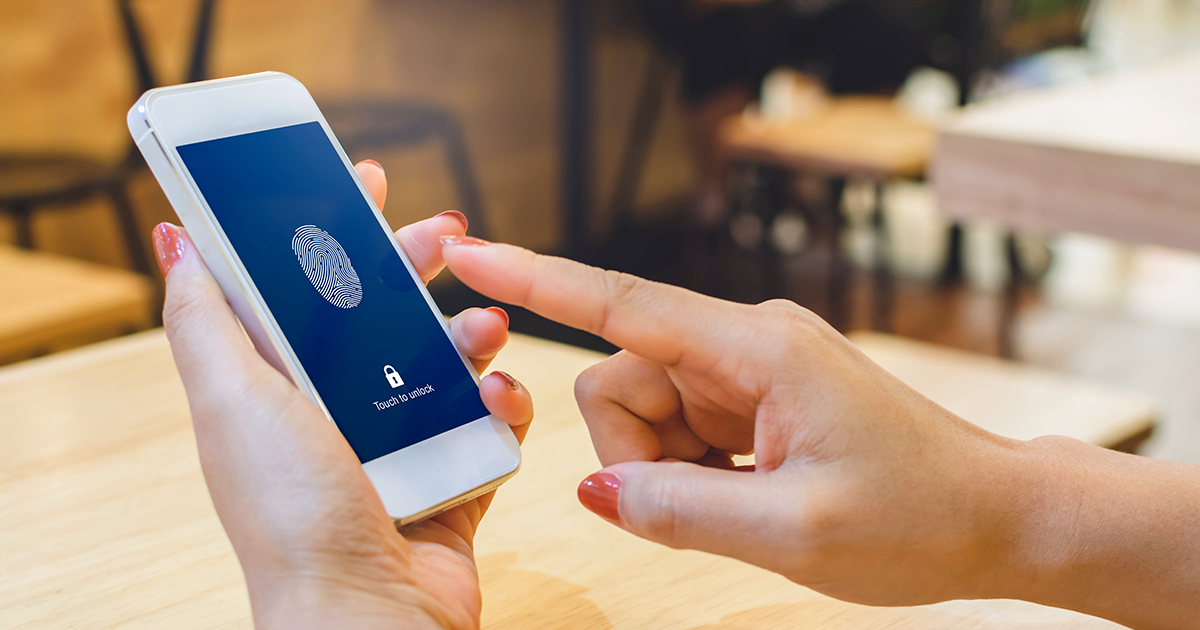
Contactless Payments: Health, Security, and Ease of Use
Hey, it’s 2021 and contactless payment is booming. According to a recent National Retail Federation study, 67% of retailers accept no-touch payments.1 And customers love it. In fact, 31 million U.S. Americans used a Visa contact-free card or digital wallet in March 2020.2
Whether paying by phone apps, a card-wave or tap-to-pay, contactless purchasing is healthier, more convenient and easier than ever. But what are the benefits and risks of this simple way to pay? Read on for the scoop on no-touch digital payments.
What is contactless payment?
A contactless payment is when you tap-to-pay, wave your card in front of an electronic payment terminal, or pay with a mobile wallet. It’s a fast and easy way to pay for your purchases, and there’s no need to touch high traffic public areas.
EMV chipped cards
Your contactless smart credit or debit card has an embedded EMV chip which holds your payment info. EMV stands for Europay, MasterCard, and Visa, but the acronym has come to stand for any card with an embedded smart chip.
When you tap or wave your card, the info is electronically transferred. For your no-touch payment to be welcome, your card and the pay terminal need this symbol:

Mobile wallets
A mobile wallet on your phone stores your credit or debit card info (think Google Pay, PayPal, or Venmo). You send a payment on your phone through the payment app. If you’re in a store, hold your phone near the payment machine to electronically transfer your info.
You may need to enter a PIN or fingerprint. Yes, that’s a little more touching than you may want to do. But it’s better than putting your hands all over the point-of-sale machine. I mean, germs.
Advantages of contactless payments
There are many pros to contactless payments. With Covid still heavily on our minds, health and safety are big factors. And the no-fuss, speedy payment transactions benefit our busy lives.
Health
Less touch points mean less germs. We’re all trying to stay healthy and avoid viruses so keeping physical contact to a minimum is a must. And it doesn’t hurt to carry some sanitizer with you.
Security
The EMV smart chip was designed to secure your financial info. EMV cards are difficult to crack and can’t be “skimmed” to steal info, like a magnetic card strip can. Though information is transmitted to pay for your purchase, your actual card number, expiration code or security code are not. And instead, a unique code or token is used for each payment.
Most issuing banks protect touch-free payments against fraud.3 To further protect your financial identity, use privacy measures such as long PINs, strong passwords, or biometric options (like a fingerprint).
Convenience
Again, we love to get-in and get-out in the checkout line. So taking a second to tap your card to pay instead of paying with cash, check, or swiping the magnetic strip on your card can save time. And maybe some patience.
Disadvantages of contactless payments
With all the good things that come with digital payments, there can be cons.
Technology #fails
Computers, cell phone batteries, and pay terminals are not exempt from dying or getting knocked offline. So if contactless payment is the only way you have to purchase, you’ll run into some problems. Bring a back-up plan like cash or slide that card strip if your phone dies.
Not every retailer is no-touch pay
Sure, the number of restaurants, shops, and retailers that do contactless payment are growing, but not everyone has the equipment or know-how yet. You may be on the cusp of the future with your digital pay style, but you might give businesses a little time to catch up.
Digital payments will only get more popular
Contactless payment options were a perk before the pandemic hit. Now as we take as many precautious as we can to stay healthy, no-touch payment seems almost essential. Less contact, less unhealthy exposures. Plus, the simple purchase process and security measures are hard to pass up. When buying groceries, purchasing dinner or shopping for that special something, digitally pay with a tap of your card or phone and rest a little easier.
Sources:
- (2020, August 6). Shearman, C.J. Coronavirus leads to more use of contactless credit cards and mobile payments despite cost and security concerns. Retrieved from: https://nrf.com/media-center/press-releases/coronavirus-leads-more-use-contactless-credit-cards-and-mobile-payments
- Staff. (2020, April 30). Merchants and consumers turn to tap to pay as part of new daily routines. Retrieved from: https://usa.visa.com/visa-everywhere/blog/bdp/2020/04/30/merchants-and-consumers-1588276426783.html
- Staff. (n.d.). What Are The Advantages & Disadvantages of Contactless Payment? Retrieved from: https://www.americanexpress.com/in/articles/life-with-amex/benefits/pros-and-cons-of-contactless-payment.html


